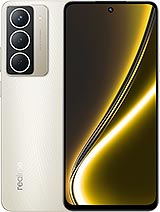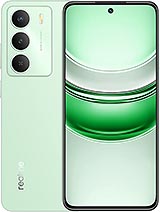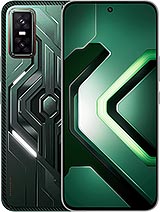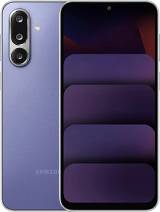Realme Narzo 80x alternatives
Tap above to see alternatives.
Realme P3 Pro alternatives
Tap above to see alternatives.
Realme Narzo 80x

Realme Narzo 80x
-
Dimensity 6400
6 nm
-
6000 mAh
45W
-
6.72"
1080 x 2400 pixels
-
50 MP
1080p@30/60fps
-
Specs

Realme P3 Pro

Realme P3 Pro
-
Snapdragon 7s Gen 3
4 nm
-
6000 mAh
80W
-
6.83"
1272 x 2800 pixels
-
50 MP
4K@30fps
- Specs
2.5 GHz, Dual core, Cortex A76
2 GHz, Hexa Core, Cortex A55
1x2.5 GHz Cortex-A720
3x2.4 GHz Cortex-A720
4x1.8 GHz Cortex-A520
8GB 128GB (UFS 2.2)
8GB 256GB (UFS 3.1)
12GB 256GB (UFS 3.1)
f/1.8, 27mm (wide), 2.88", 0.61µm, PDAF
2 MP
f/2.4, (depth)
f/1.8, 24mm (wide), 1/1.56", 1.0µm, Sony IMX896, multi-directional PDAF, OIS
2 MP
f/2.4, (depth)
1080p@30/60/120fps
f/2.4, 24mm (wide), 1/3.09", 1.0µm, Sony IMX480
SIM1: Nano, SIM2: Nano (Hybrid)
SIM1: Nano, SIM2: Nano
9 5G bands
n1, n3, n5, n8, n28, n40, n41, n77, n78
9 5G bands
n1, n3, n5, n8, n28, n40, n41, n77, n78
In this performance comparison, the Realme P3 Pro with its Qualcomm Snapdragon 7s Gen 3 (4nm) performs better than the Realme Narzo 80x with the Mediatek Dimensity 6400 (6nm), thanks to superior chipset efficiency.
Realme P3 Pro offers 2 years of OS updates, while Realme Narzo 80x does not have confirmed OS update information. Realme P3 Pro receives 3 years of security updates, while Realme Narzo 80x does not have confirmed security update information.
Realme P3 Pro features a superior AMOLED display, while Realme Narzo 80x comes with an LCD panel. Both smartphones offer the same 120 Hz refresh rate. Realme P3 Pro also boasts a brighter screen with 1500 nits of peak brightness, enhancing outdoor visibility. Notably, Realme P3 Pro offers a higher screen resolution, resulting in sharper visuals and more detailed content.
Both phones are equipped with the same 6000 mAh battery capacity. Realme P3 Pro also supports faster wired charging at 80W, compared to 45W on Realme Narzo 80x.
Both phones feature the same IP69 rating for water and dust resistance.
- Realme Narzo 80x – Check price here
¹ Scores can vary even with the same chipset due to RAM, thermals, and software optimization.










